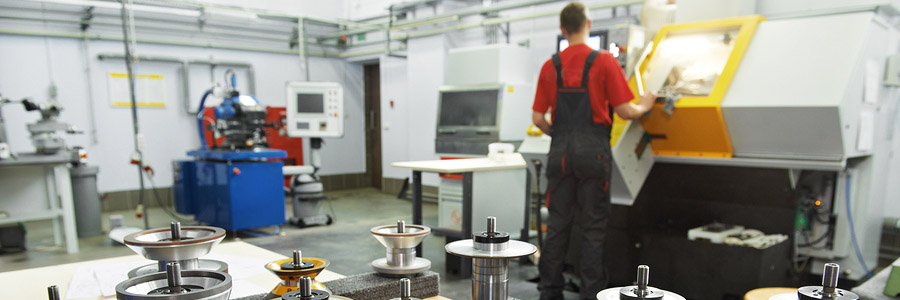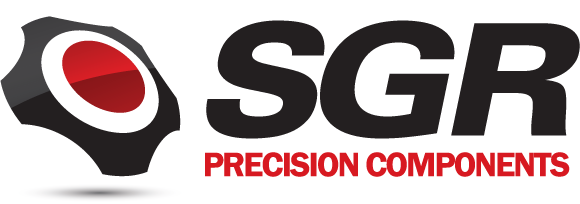SGR Blog
Is Insert Molding the Best Fit for Your Manufacturing Process?

For those not familiar with the process, insert molding combines both metal and plastics, or various other combinations of materials, into one single component. This process utilizes engineered plastics for increased durability, lower component weight, and increased tensile strength. The metallic parts offer the advantage of higher component strength and conductivity.
The metal inserts and/or bushings act to reinforce the mechanics of the component. A manufacturing process that utilizes insert molding has the advantages of reducing the size and weight of the part, improving the reliability of the component, and provides a dramatic improvement in part strength and structure while increasing the flexibility during the design phase of the component.
Where are Insert Molding Parts Utilized?
The possibilities for plastic insert molded components are numerous. These components include studs, screws, magnets, contacts, pins, surface mount pads, rivets, threaded fasteners, bushings, tubes and much more. These components can be manufactured in specialty materials such as brass, stainless steel, bronze, copper aluminum, nickel/nickel alloy along with many specialty materials. Industries that benefit from Insert molded parts are those that demand durability and part strength and include defense, aerospace, medical, electronics, industrial, and consumer markets.
How Does the Insert Molding Process Work?
The insert molding process is much the same as the injection molding process. In the injection molding process, solid pellets of raw material such as thermoplastic elastomer are melted and then extruded into a mold where it is then cooled and solidified. The mold is released and ejected to create the finished part.
Insert molding utilizes many of the same materials as the injection molding process except during extreme high heat processes where engineered thermoplastics are used. Due to the physical, chemical and electrical properties of engineered thermoplastics, this material can withstand the demands of harsh environments.
The difference in insert molding is that an insert is placed into the mold through an automated process, or by hand, and the material flows into undercut features of the insert. This anchors the insert much more securely than an assembly process would be able to secure it.
Important Considerations for Injection Molding
It is important to determine whether an insert will be able to withstand the injection molding process as some pressures and high temperatures can damage the inserts. SGR Precision Components has experienced injection molding teams behind us that can assist you in finding design solutions that will help shield the insert while providing all the benefits insert molding affords the manufacturer.
Other considerations include:
- Will means in the manufacturing process be provided to hold the insert in place during the molding process?
- Will the design process allow for bosses or undercuts to provide additional retention strength in the molded part?
- Are you working with a company that can provide the expertise to know which components, technologies or materials can be combined into a single component?
SGR Precision Components is a manufacturer representative that has the industry expertise to match your needs with a specialized manufacturer that will meet and exceed your expectations. Our experienced team can guide you through each step of the injection molding process from designing your prototype, to creating a build, all the way to production. Visit our Insert Molding page to learn more about our capabilities and strengths.
Back to Blog
